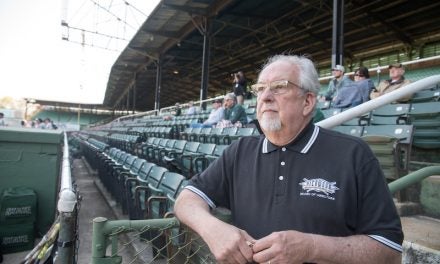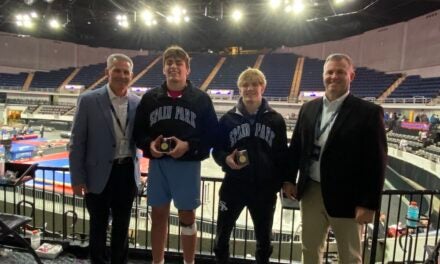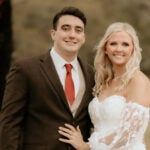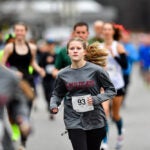Comprehensive concussion treatment aids student-athletes
By GINNY COOPER MCCARLEY
Photographs CONTRIBUTED
As concussions become a growing concern for parents of young athletes, a new, multi-disciplinary program launched by Andrews Sports Medicine and Orthopaedic Center and Joseph D. Ackerson, Ph.D., will help put some of those fears to rest.
The partnership, which was officially launched on May 29, brings together a number of different entities to ensure student-athletes have access to immediate care in order to provide a comprehensive treatment plan for athletes who suffer from injury.
As part of the new program, there is a streamlined protocol following a hard hit or other head injury.
First, athletic trainers or coaches on the field will immediately perform a sideline assessment following a hit, which can include looking in the pupils for dilation and asking the student a number of questions to determine brain function. If deemed appropriate, student-athletes will see an Andrews non-surgical sports medicine physician, who will perform a number of tests including a neurological exam and neck exam, as well as as memory questions to test brain function.
If necessary, student-athletes can then be referred to Dr. Ackerson for more testing to ensure there are no hidden cognitive issues.
For Dr. Emily Casey, who serves as one of the four non-surgical sports medicine physicians at Andrews Sports Medicine in Pelham as well as Pelham High School team physician, being cautious and taking immediate action are paramount in concussion cases.
“If you even suspect a concussion, air on the side of safety,” Casey said, adding that concussions that are not immediately treated can last longer and lead to problems with headaches, concentration, and memory.
“I feel that if recognized early on, (student-athletes) can make a full recovery,” Casey said.
Symptoms of a concussion include headaches, nausea or vomiting, dizziness, unusual crying or irritability, memory loss and difficulty concentrating following any trauma to the head.
If the symptoms worsen or the student loses consciousness, head straight to the ER, Casey advised. However, be careful before going about normal activities.
“Even though your CT scan is normal, that doesn’t mean you don’t have a concussion,” Casey warned, noting concussions are functional not structural injuries so no single test can diagnose the issue. “Since there is not one specific test that diagnoses concussions, it really does take this team approach and putting all of the information together (to diagnose a concussion).”
For students suffering from a concussion, missing days or school and sports can be the best medicine. In addition, limiting or eliminating electronics can help the healing process.
“The number one treatment is rest,” Casey said.
With a quick diagnosis and immediate treatment, student-athletes can return to their regular routine.
“We want to help get these athletes back on the field to play and back in the classroom,” Casey said.
Since there is no one piece of safety equipment or helmet that can prevent a concussion, taking action to prevent the injury can be difficult.
For Casey, the most important course of action to prevent concussions is education.
“Education is key,” Casey said. “Everyone needs to be aware of what to look for so we can pull (the student-athlete) our if we need to.”
For Casey, the best aspect of the multi-faceted approach introduced by Andrews Sports Medicine and Orthopaedic Center and Ackerson is that it allows physicians to have access to information in order to make an informed diagnosis.
“By putting all of the information together, we can truly help these athletes recover,” Casey said. “I do think (student-athletes) can heal from this and have a successful future.”











